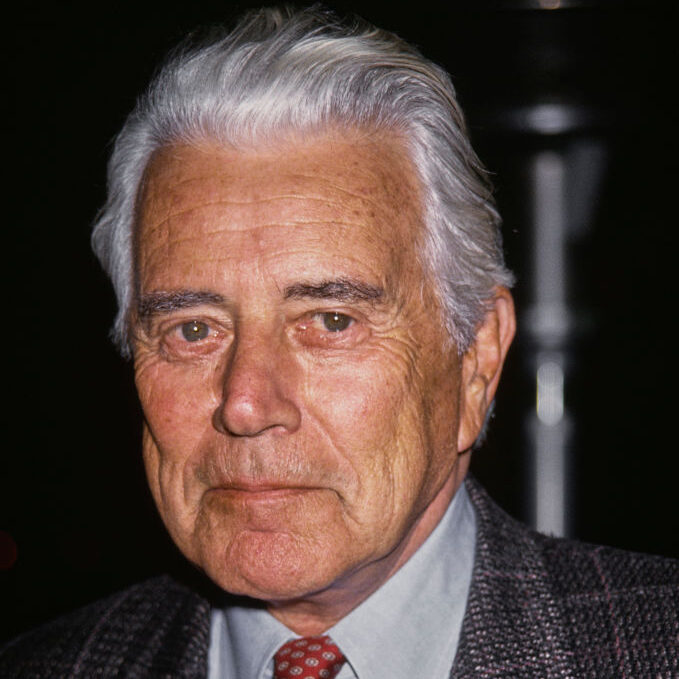
Back in 1967, television was forever transformed when Charlie’s Angels burst onto the scene.
The show didn’t just entertain viewers—it completely rewrote what female heroes could be.
Farrah Fawcett, Kate Jackson, and Jaclyn Smith weren’t merely solving crimes; they were breaking new ground, proving that women could be intelligent, strong, and effortlessly stylish all at once.
Charlie’s Angels went well beyond thrilling mysteries and daring adventures. Farrah, Kate, and Jaclyn became symbols of empowerment, inspiring a generation to rethink women’s roles both on-screen and off.
And let’s not forget the fashion — those iconic outfits were more than costumes; they made a statement, shaping trends and pop culture in ways few expected.
Despite mixed reviews from critics and being dismissed as mere “jiggle television” that highlighted the sex appeal of its female leads, Charlie’s Angels still climbed into the Nielsen top ten during its first two seasons.
I’d mostly caught reruns of this classic show over the years, but recently I decided to dig deeper and uncover what really happened behind the scenes. And believe me, there’s a treasure trove of hilarious bloopers, unexpected moments, and surprising stories you probably never heard.
A drinking problem and pajamas
For anyone unfamiliar with this cult classic, here’s the quick summary: Charlie’s Angels follows the crime-solving escapades of three women working at a private detective agency in sunny Los Angeles. The original trio—Kate Jackson, Farrah Fawcett, and Jaclyn Smith—led the team, while their mysterious boss, Charlie Townsend, directed their missions through a speakerphone.
Here’s a fun behind-the-scenes fact about Charlie himself: John Forsythe wasn’t the original voice of the boss. The first actor, Gig Young, was dropped last minute due to a drinking problem. Forsythe stepped in and recorded his very first voice-over role — in his pajamas.

Throughout the entire run of the show, John Forsythe never once appeared on set. All of his lines were recorded separately and added in during post-production. He even joked to producer Aaron Spelling that if he ever showed up on camera, it would cost them a fortune. To maintain the illusion, whenever Charlie was “seen,” it was just a stand-in filmed from behind or at a distance.
Same cars, wrong Angels
Here’s a fun blooper you might’ve missed—even if you’ve watched Charlie’s Angels multiple times. Every time a scene opens at the Townsend Agency, the same exterior shot of the building is used, showing the Angels’ cars parked out front. But if you look closely, the cars rarely match the Angels actually featured in the next scene.
Even more amusing? When all three cars appear in the shot, they’re almost always arranged in the same left-to-right lineup: white, yellow, and orange. Looks consistent, right? Not exactly. The white and orange cars are consistently parked in red zones (aka no-parking areas), and there’s only one meter for all three spots. So either the Angels had some serious VIP treatment, or the parking authorities gave them a pass for fighting crime in style.
And those signature rides? Each Angel had her own distinct Ford. Jill (and later Kris) drove a sleek Cobra, Kelly cruised in a Mustang, and Sabrina handled business in a Pinto. As for Bosley? He arrived in a Thunderbird—naturally.
How much did they make per episode?
When Charlie’s Angels first premiered, Farrah Fawcett and Jaclyn Smith were both relatively new to television—and their salaries reflected that. Each earned $5,000 per episode. Meanwhile, Kate Jackson, already an established actress, earned twice that amount at $10,000 per episode.